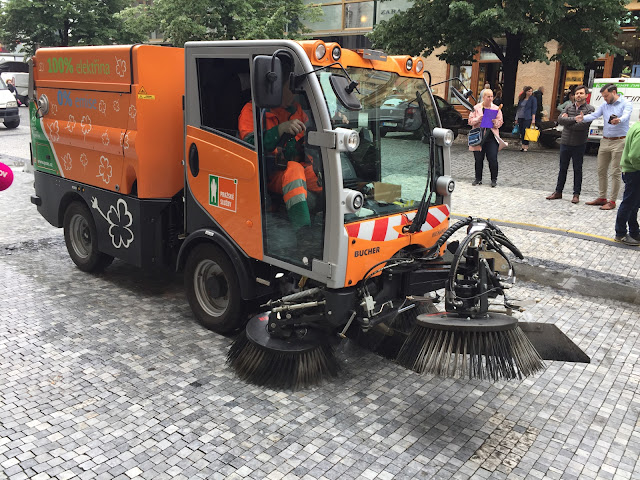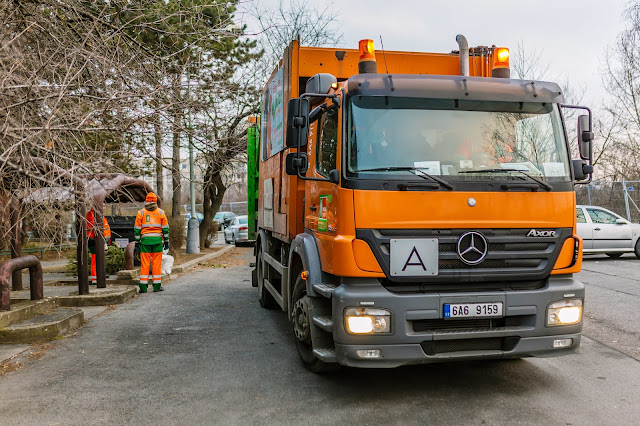After living in Czechia's capital for awhile, Louis and I are enamored with its cleanliness. Yes, citizens pay a Garbage Removal tax, but it stops unnecessary waste. The benefit is that the city has excellent infrastructure for sanitation: trash containment, mechanized trucks, and superb machinery.
Coming from filth-tolerant America, we see Czechia's priorities as "magical". After decades in New York City's grime and stench, we are relieved! This is what America's richest city looks like...
That looks like a third-world nation... but it costs more!
Please enjoy these photos of truly first-world infrastructure that we love in Prague! Modern trucks. Clean equipment and clean uniforms. Citizens appreciate their sanitation workers.
As part of a clean society, Czechs are enthusiastic about their sanitation machinery and trucks... like children in awe of fire trucks. That is wonderful to see!
Any sane person would love to be away from America's urban "way of life"...
Which city would you prefer?











.jpg)























.jpg)









.jpg)


















